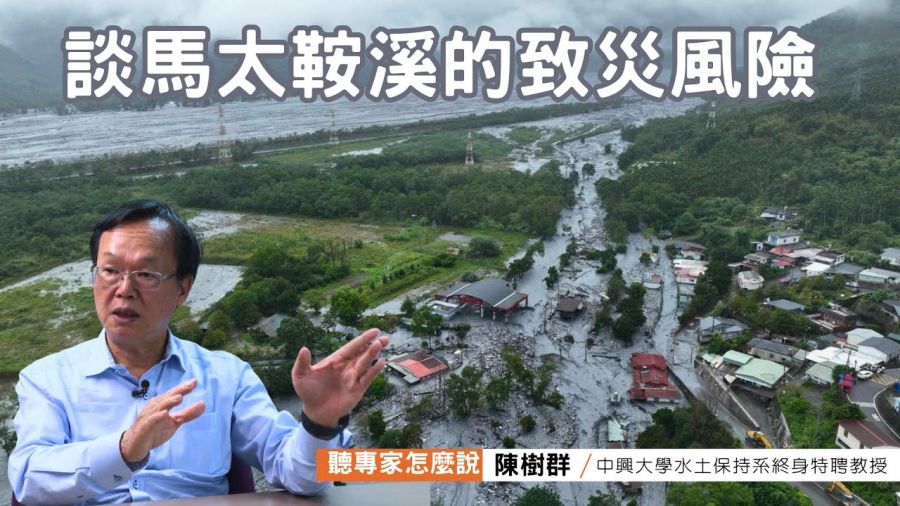生態農業:農業地景生態監測及復育【水土保持學系/陳樹群特聘教授】
| 論文篇名 | 英文:Analysis of the Characteristics of the Seismic and Acoustic Signals Produced by a Dam Failure and Slope Erosion Test 中文:大壩破壞和邊坡侵蝕試驗產生的地震和聲波信號特徵分析 |
| 期刊名稱 | LANDSLIDES |
| 發表年份,卷數,起迄頁數 | 2020, 17 (7): 1605-1618 |
| 作者 | Feng, Zheng-Yi; Huang, Hao-Yang; Chen, Su-Chin(陳樹群)* |
| DOI | 10.1007/s10346-020-01390-x |
| 中文摘要 | 崩塌和洪水事件往往伴隨著大量的能量釋放並產生震動及聲音訊號。藉由分析這些信號可以確定崩塌及洪水事件的特徵,例如頻率、振幅、能量變化與事件發生時間。研究結果表示,聲波信號會比震動信號更早的對破壞事件產生反應,但兩者所表現的信號形式是一致的。藉由分析河岸上不同位置的地震訊號站與頻譜幅度可推估洪水的速度分別為5.71與5.06 m/s。此外,阿里亞斯強度(Arias Intensity)與崩塌體積具有二次相關。 |
| 英文摘要 | Landslides and floods occur with a significant generation of energy release producing seismic and acoustic signals. The analysis of these signals aims to identify vital and specific characteristics of landslide and flood events, such as frequency content, spectral magnitude, energy variation, and timing of the events. This study examined the seismic and acoustic signals recorded during a large-scale physical dam model failure test. The tests were conducted on the streambed under the No. 2 Bridge in Huisun Forest Experimental Station in Nantou, Taiwan. A dam and a slope model were constructed, and dam failure and slope erosion tests were induced by releasing water to slowly accumulate at the upstream side of the dam and letting water overtop the dam, causing a breach. After dam overtopping, the lowering of the dam crest led to dam failure, causing a large volume of floodwater, resulting in erosion of the toe of the slope model, triggering landslides. Accelerometers and microphones were installed to collect the acoustic and seismic signals produced by the water flow and landslides generated. Unmanned aerial vehicles were used to continuously capture the topography of the slope to produce elevation models to calculate the volumes of the six landslides. Hilbert–Huang transform (HHT) was performed to evaluate the time–frequency spectra for the seismic and acoustic signals, and their spectral magnitudes were discussed. The results showed that the acoustic signals depicted and reacted to the failure event earlier than seismic signals; however, both types of signals were in agreement. The velocity of the flood energy was estimated to be 5.71 and 5.06 m/s by monitoring the seismic signals at different locations of the riverbank and through the analysis of spectral magnitude, respectively. Furthermore, the Arias intensity and the landslide volumes were found to be correlated through a quadratic relationship. |







